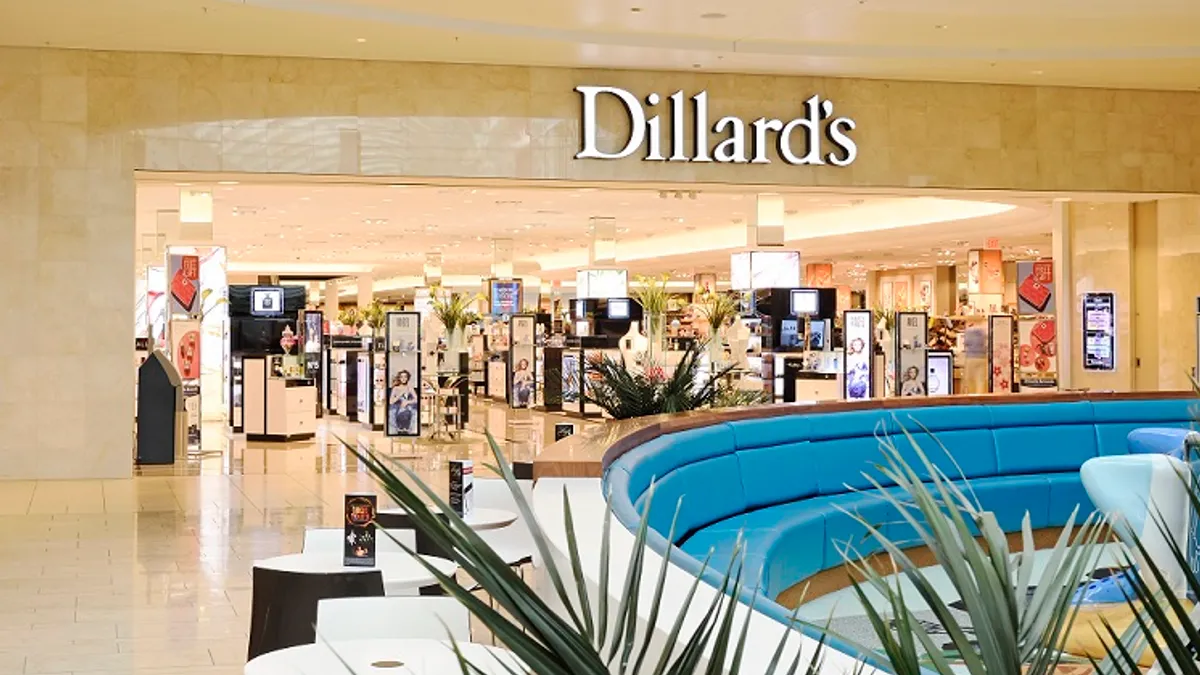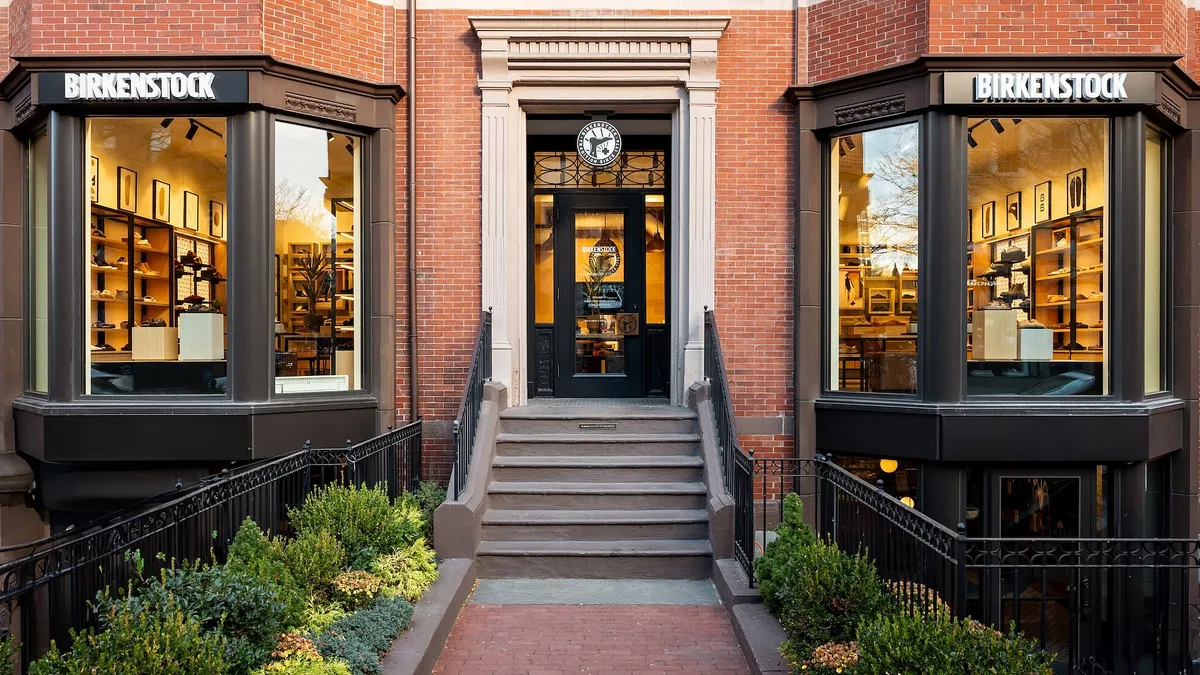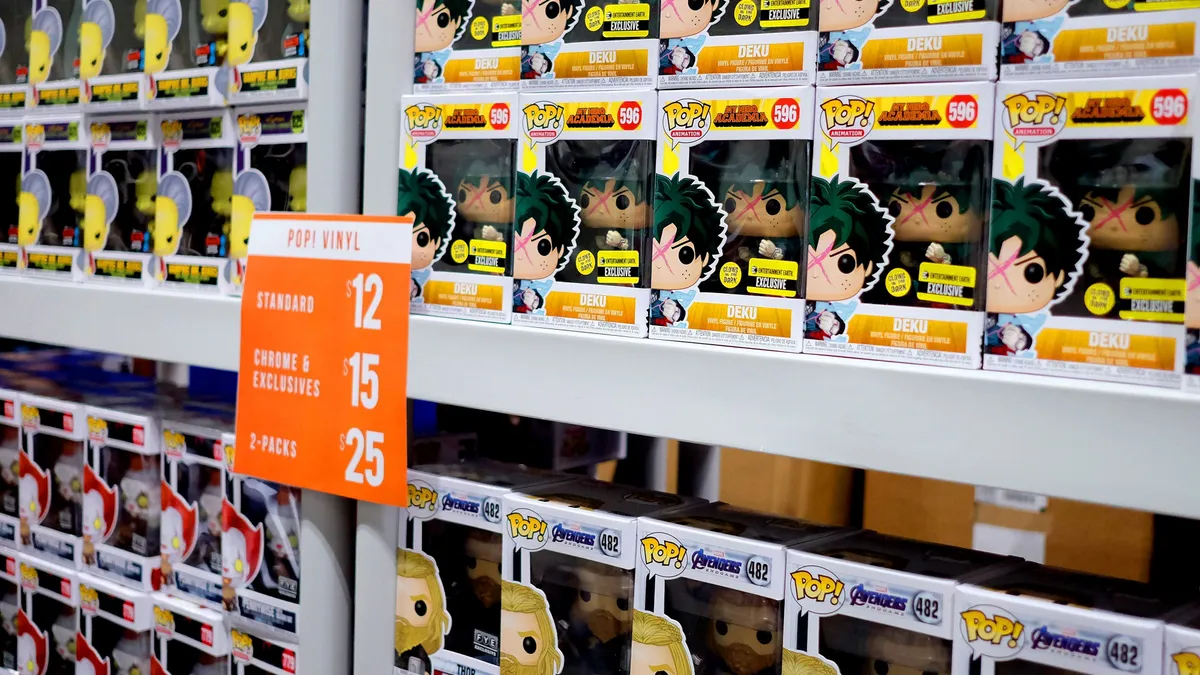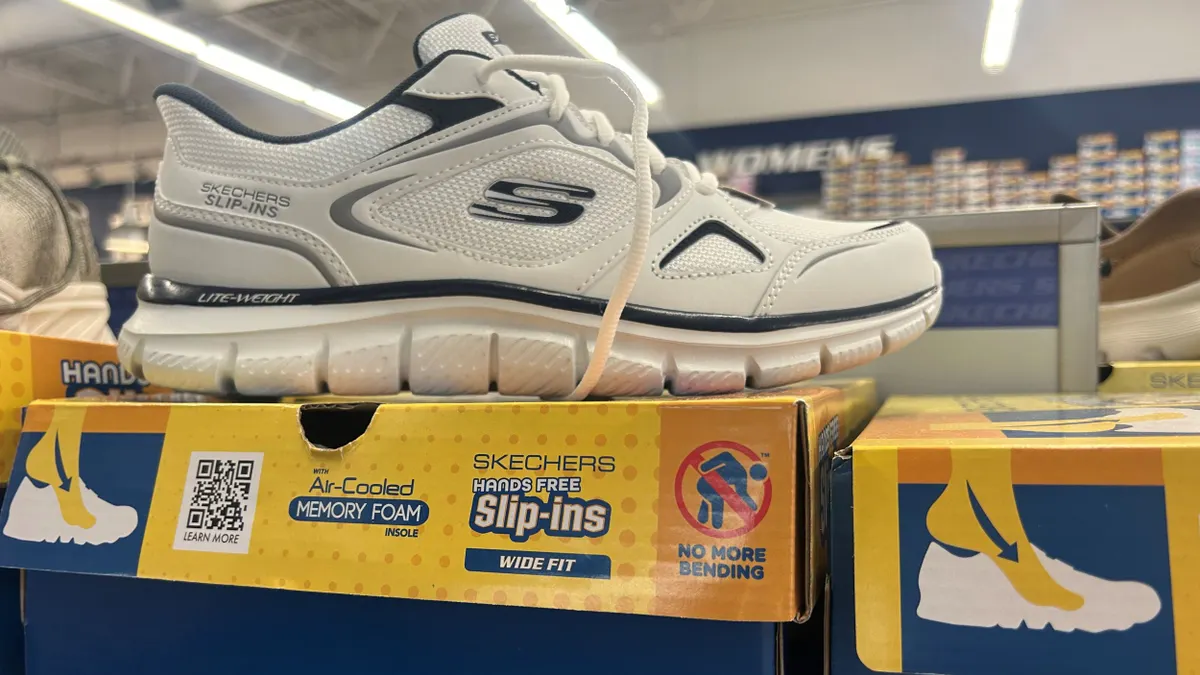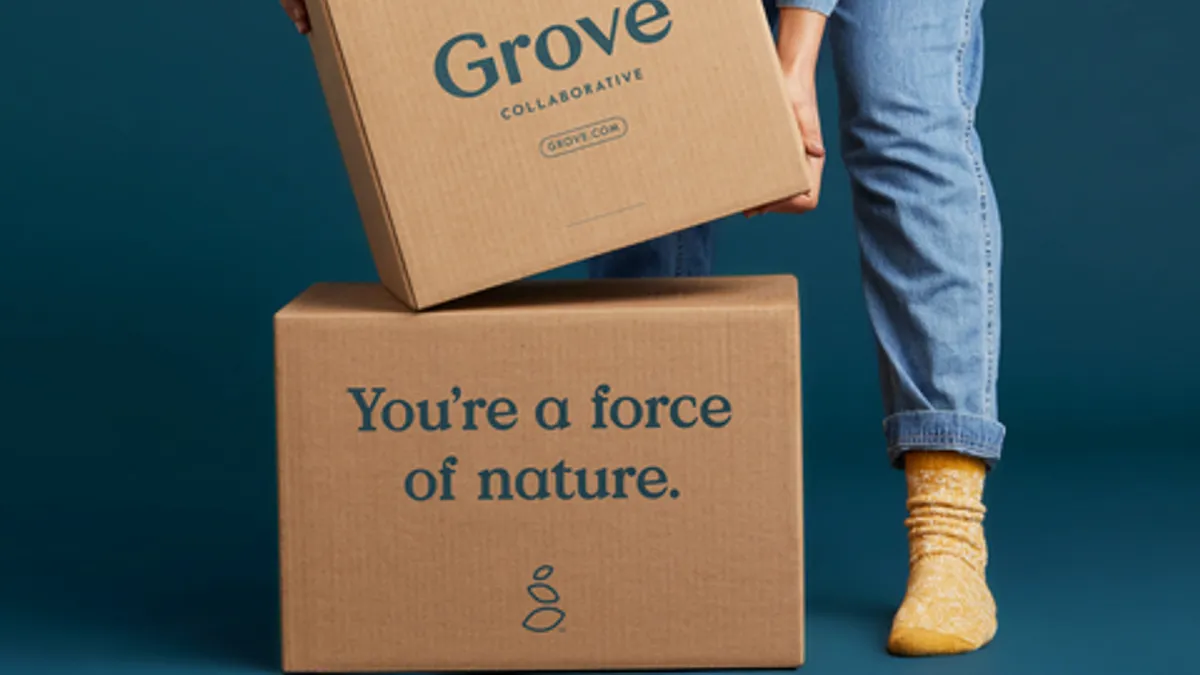The volatile effects of COVID-19 have not been felt equally across categories. It has been a terrible year for suit sellers like Tailored Brands and Brooks Brothers but a banner one for retailers of outdoor gear, bicycles, sweatpants, hammocks and booze. Also on the list is toys, which is heading into the massively important holiday season.
U.S. toy industry sales spiked 16% in the first half of 2020, according to the NPD Group. As the toy makers themselves know well, the pandemic has driven much of that demand. Parents with kids home from school, and without organized sports and many experiential diversions on the weekends, are desperate for ways to entertain them.
Growth, at least for the major players, has continued into the third quarter. This week, Hasbro reported Q3 sales in the U.S. and Canada, at $977.1 million, were up 9% year over year. Fellow toy giant Mattel reported North America sales growth of 13% in the quarter, led by doll sales, which grew 31% in the region. Barbie sales alone grew 35%.
D.A. Davidson senior research analyst Linda Bolton Weiser described Mattel's Q3 as "outstanding" and said in an emailed client note that the results "raised our confidence in the CEO's execution." Bolton Weiser also noted that Hasbro's performance beat expectations, and raised estimates for Q4 sales while lowering expectations for the company's earnings.
All this bodes well for the holiday season, which will be the third for the category without Toys R Us. Coresight Research forecasts that holiday toy sales are poised to grow 5% to 10% year over year in 2020, according to an emailed report.
Yet, the industry still has plenty of challenges going into the season, many of them also brought by the same pandemic that has pushed demand up. As with other retail sectors, the pandemic has created countervailing forces that could shape the holiday season in contradictory ways.
A season without impulse toy sales?
As NPD Vice President Juli Lennett noted in a blog post earlier in the fall, the current environment has left upper-income families with an "excess of money" as they cancelled vacations and other entertainment options. To keep their kids busy, some of that money has flowed to toys. Meanwhile, millions of others have lost jobs as well as stimulus paychecks that helped prop up consumer demand in the spring and summer.
The pandemic has also changed how consumers shop. With COVID-19 cases spiking around the U.S. and reaching new records, consumers may well avoid stores during the fall regardless of whether they are allowed to stay open.
As Lennett notes, that raises a big question for the toy category: "Will consumers who shopped in stores last holiday continue that behavior and impulsively fill their baskets with toys they think their child will like, will they want to get in and out of the store quickly, or will they do all of their shopping online and forgo in-store shopping entirely?"
A surge in online shopping could play to the benefit of the big toy players: Amazon, Walmart and Target, all of which, as Bolton Weiser noted in a recent report, have largely divvied up among themselves Toys R Us' 15% share of the U.S. market.
Those three names all threw their own sales bonanzas in mid-October pegged to Amazon's Prime Day. Hasbro CEO Brian Goldner said in an analyst call this week that Q4 is "unfolding in multiple stages, kicking off successfully earlier this month with Prime Day and major initiatives from our largest omnichannel retail partners," according to a Seeking Alpha transcript. He added that "Hasbro lines sold very well during this period."
Among the three retail giants, Bolton Weiser points to a "shift more toward exclusive toy offerings." Walmart, for example, has decreased its "hot toy" list from 48 products last year to 36 for the 2020 season, but the share of toys on that list exclusive to Walmart has grown from 25% to 42% during that period, according to D.A. Davidson research.
Target, which had a relatively disappointing showing in the toy category in Q4 2019, has grown its list and added more than 600 exclusive toys, including through a partnership with FAO Schwarz and other major brands. Coresight notes that Target's hot toy list is its largest ever at 76.
Walmart and Target, along with a growing online presence, have robust ship-to-store and store pickup options that have exploded this year as virus-wary consumers avoid indoor spaces. That, along with the tendency to consolidate shopping trips, could drive consumers to those retailers along with Amazon, whose sales have likewise ballooned this year, even more than usual.
Meeting demand
Throughout the year there has been growth in several toy categories. In the first half, puzzles led the way with 37% percent growth, followed by outdoor sports and toy products (up 27%), building sets (14%), arts and crafts (11%) and explorative toys (1%), according to NPD.
Among specific toy properties, Disney's Frozen toys were at the top, followed by Star Wars, Little Tikes, Barbie and Lego Star Wars. However, as Lennett notes, the continued closure of movie theaters could have an impact on movie-related toy brands going into the holidays.
According to Coresight, currently trending toys include aspirational play toys, interactive nurturing toys, licensed entertainment character toys, online gaming and tie-ins, outdoor toys, retro toys and unboxing/surprise toys.
Demand growth has not come without friction, though. It has put strain on supply chains, forcing toy makers to play catch up. Mattel CEO Ynon Kreiz said in an October analyst call that his company "cannot be certain we will fully meet the surge in consumer demand," adding, "We continue to work closely with our retail partners on the challenge of meeting the strong demand heading into the holiday season."
Nor is the increase in demand felt equally across the sector. S&P Global Market Intelligence's Panjiva unit reports that in September, seaborne imports of toys dropped 10.6% year over year on top of a persistent decline since Q3 2019. According to S&P Global Market Intelligence, that could be due to "a reallocation of spending toward virtual goods, particularly during the pandemic when traditional toy shops may have been closed."
But so far this year, the pandemic has meant growth for the toy category overall, and that is poised to continue as families remain relatively homebound and many schools remain closed. Even macroeconomic gloom may not slow down growth in the category.
"[A]s we've seen in previous economically challenged times, parents will sometimes forego their own needs to make their children happy," Lennett writes. "In this crazy, stressful year, parents might just go overboard and splurge on their kids (if they have money to do that, of course)."








